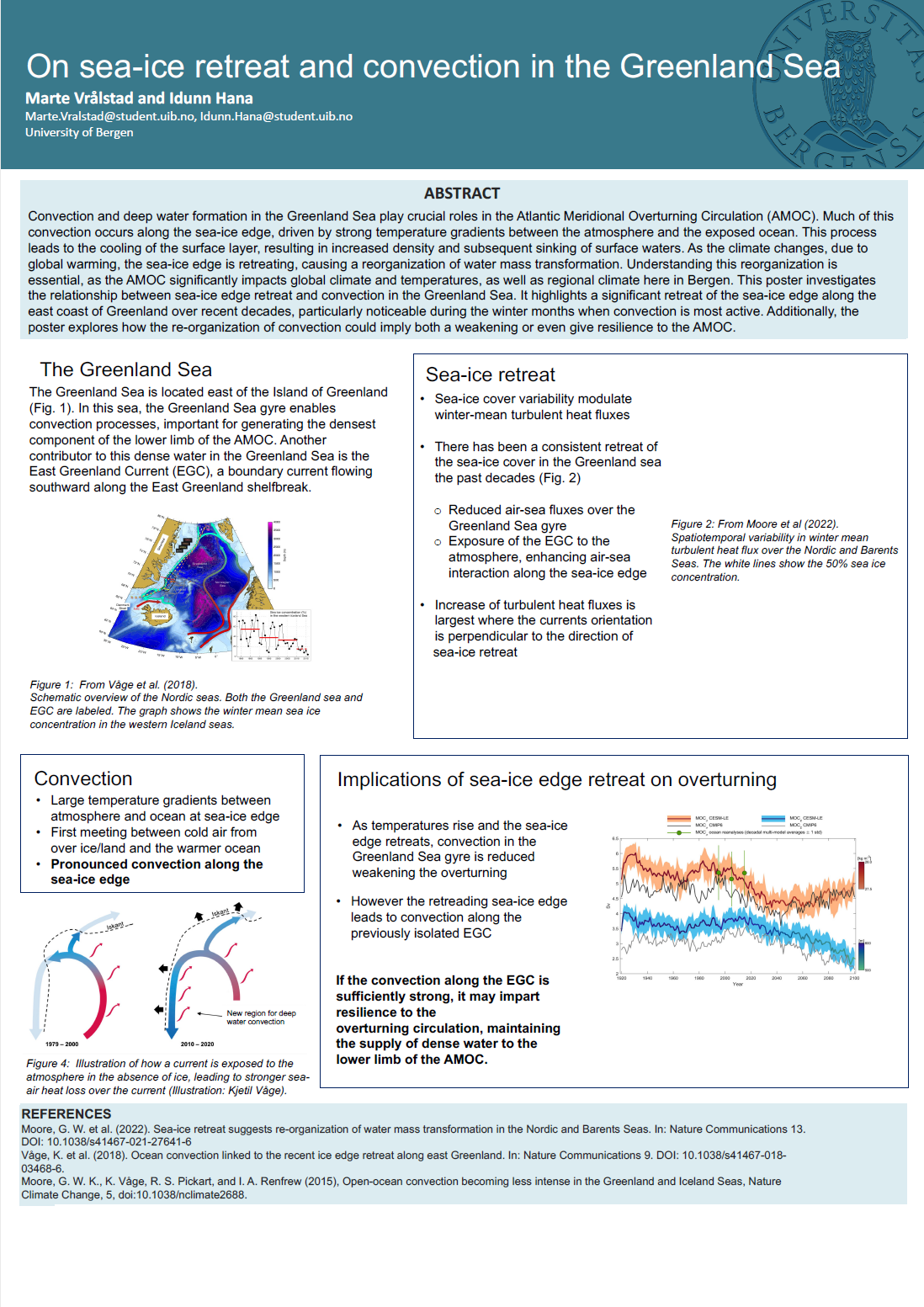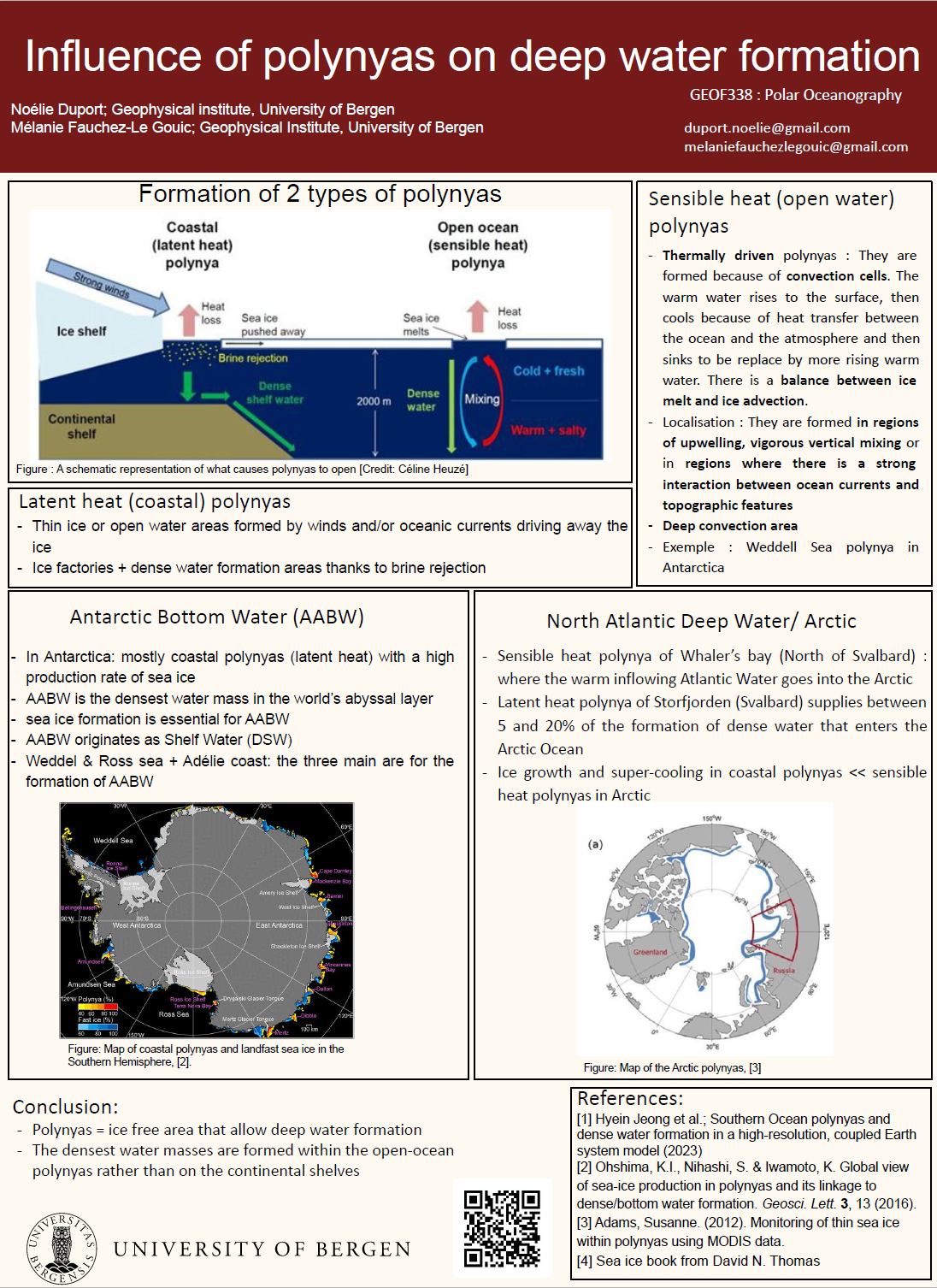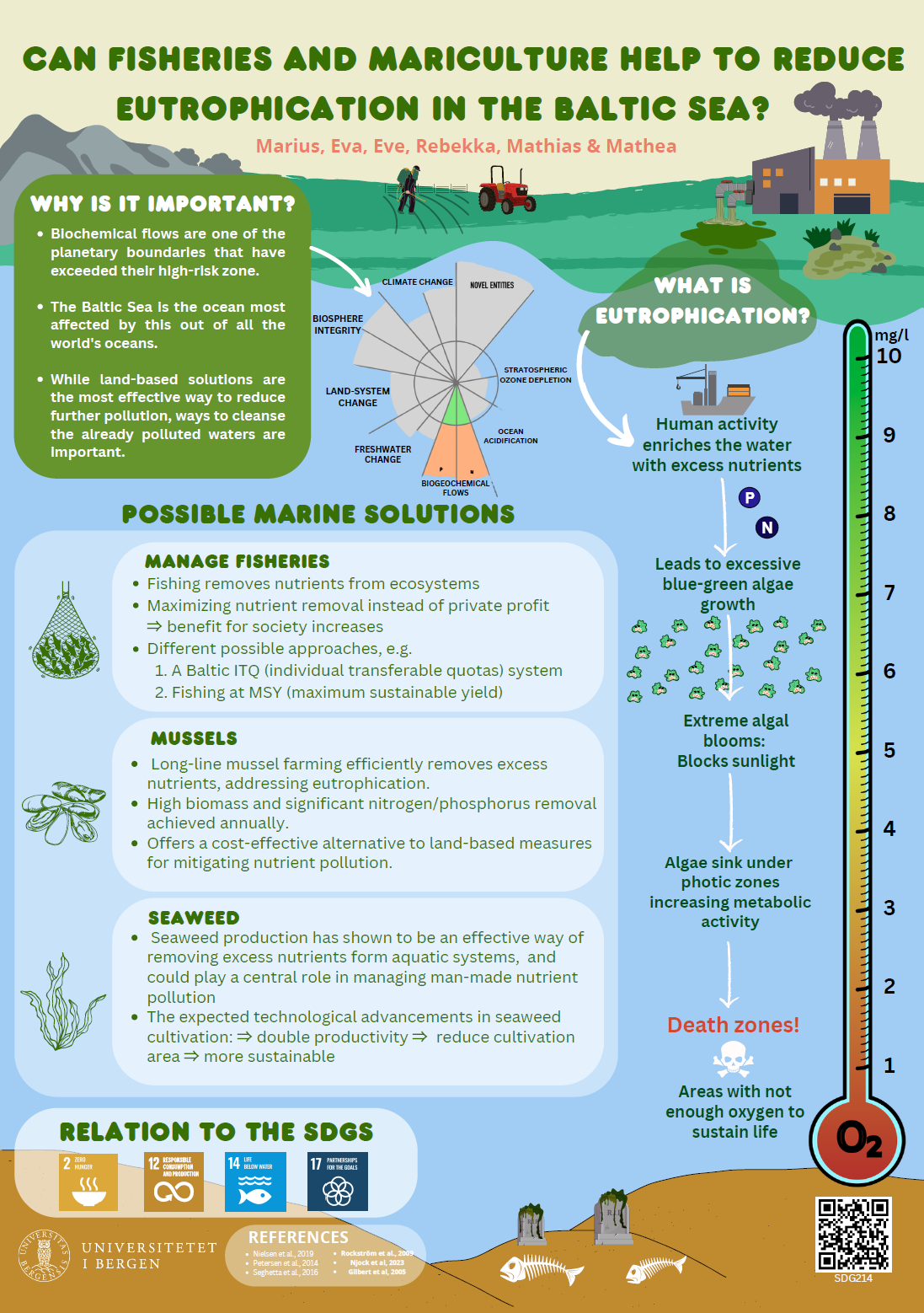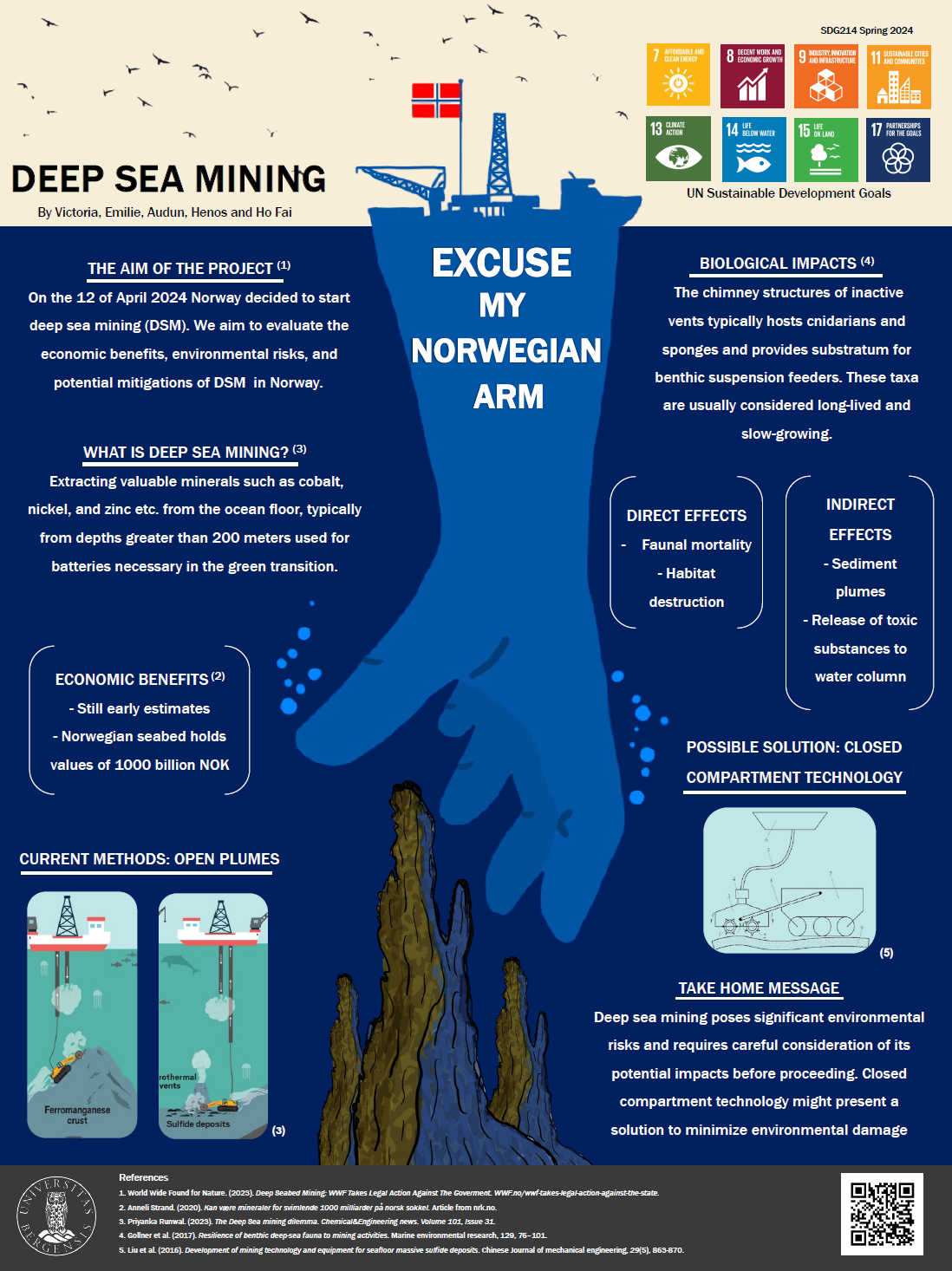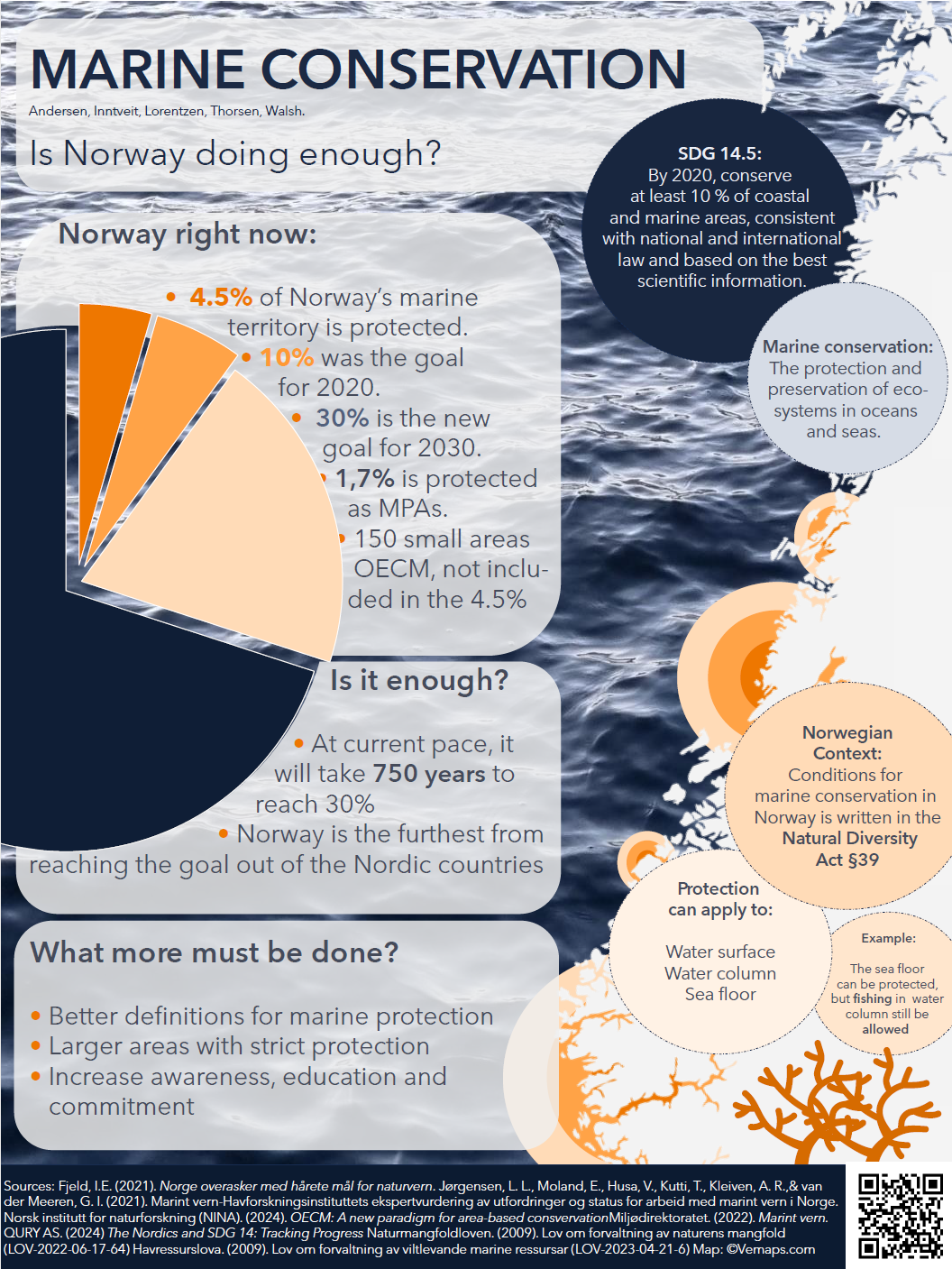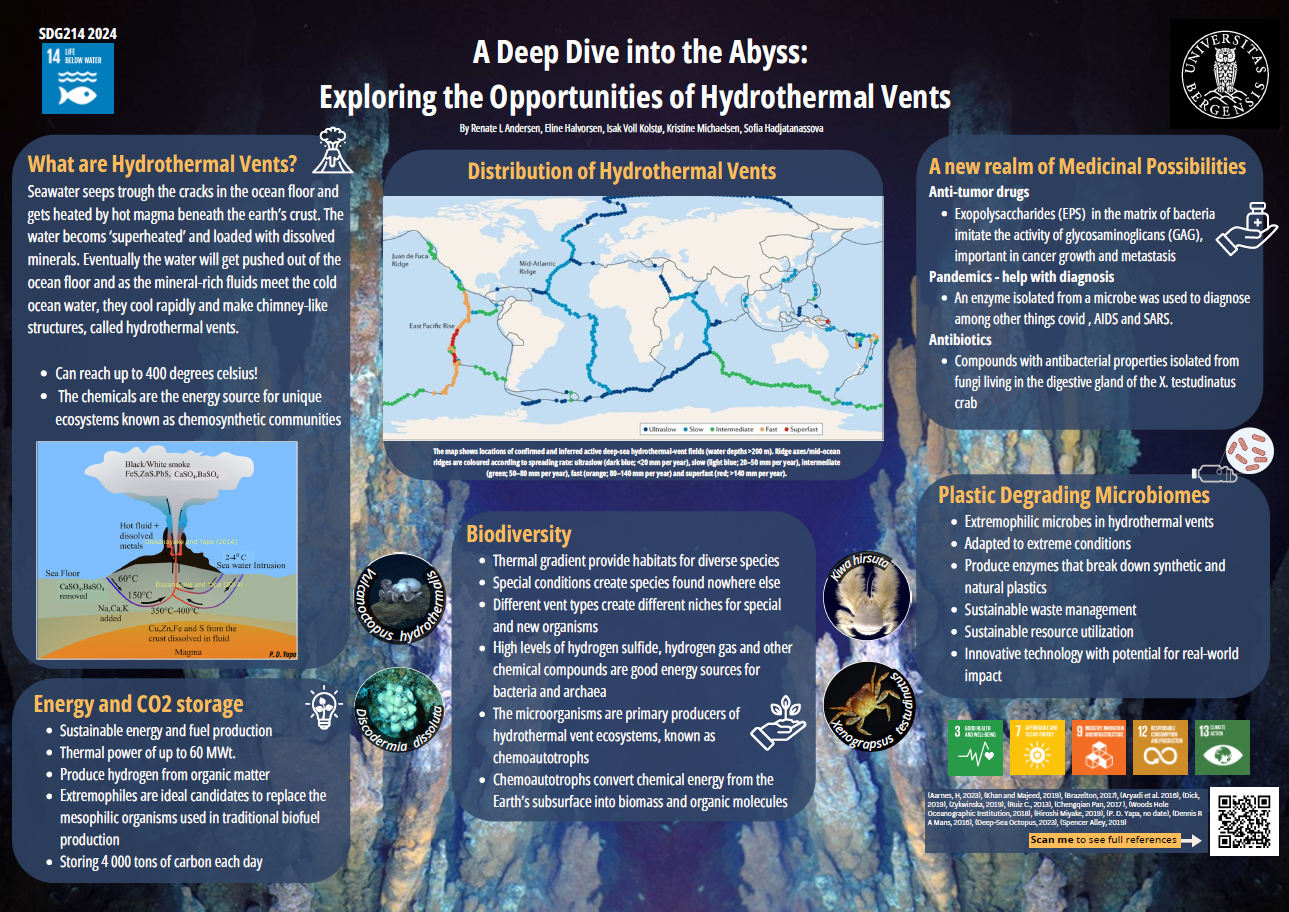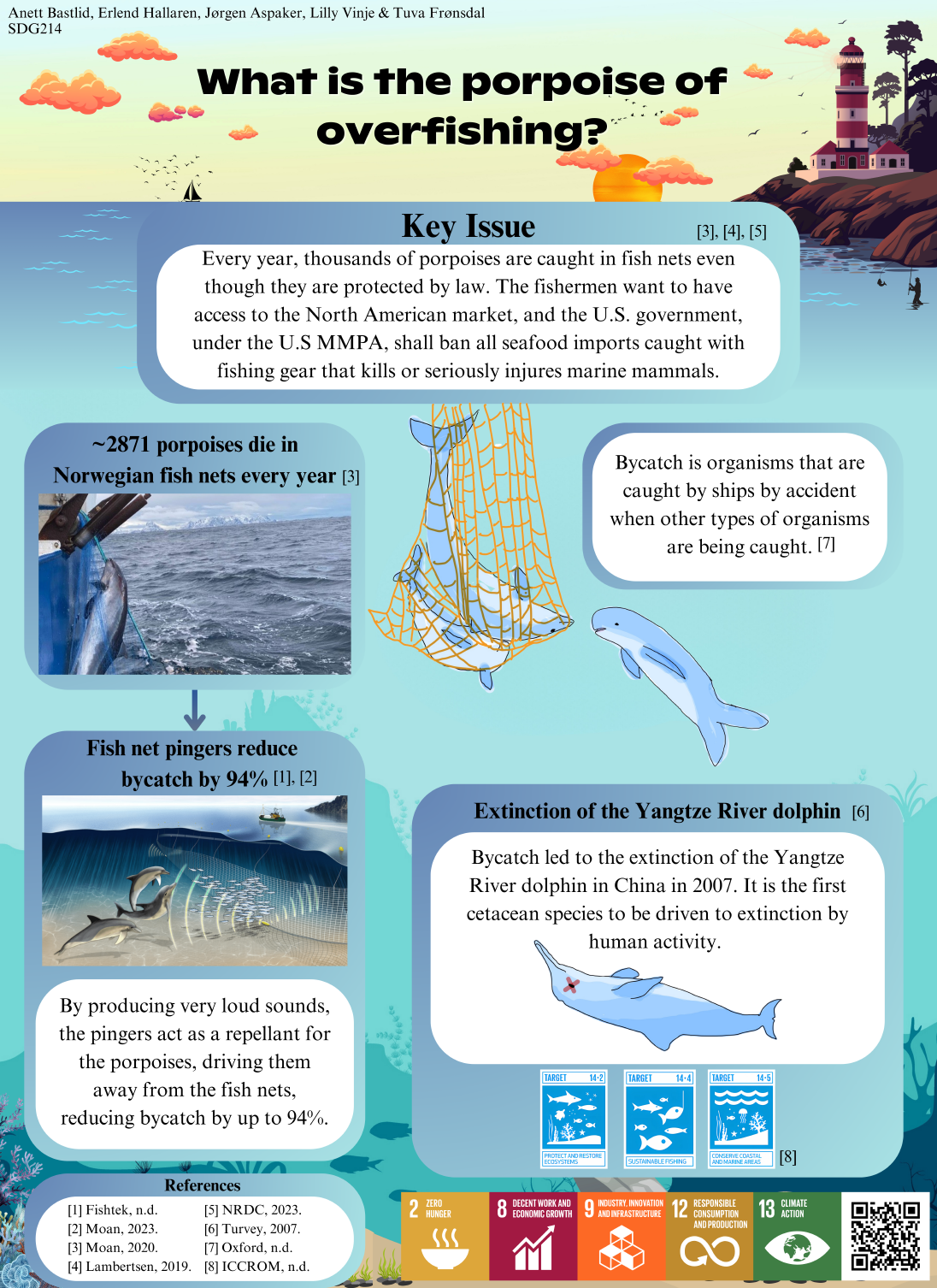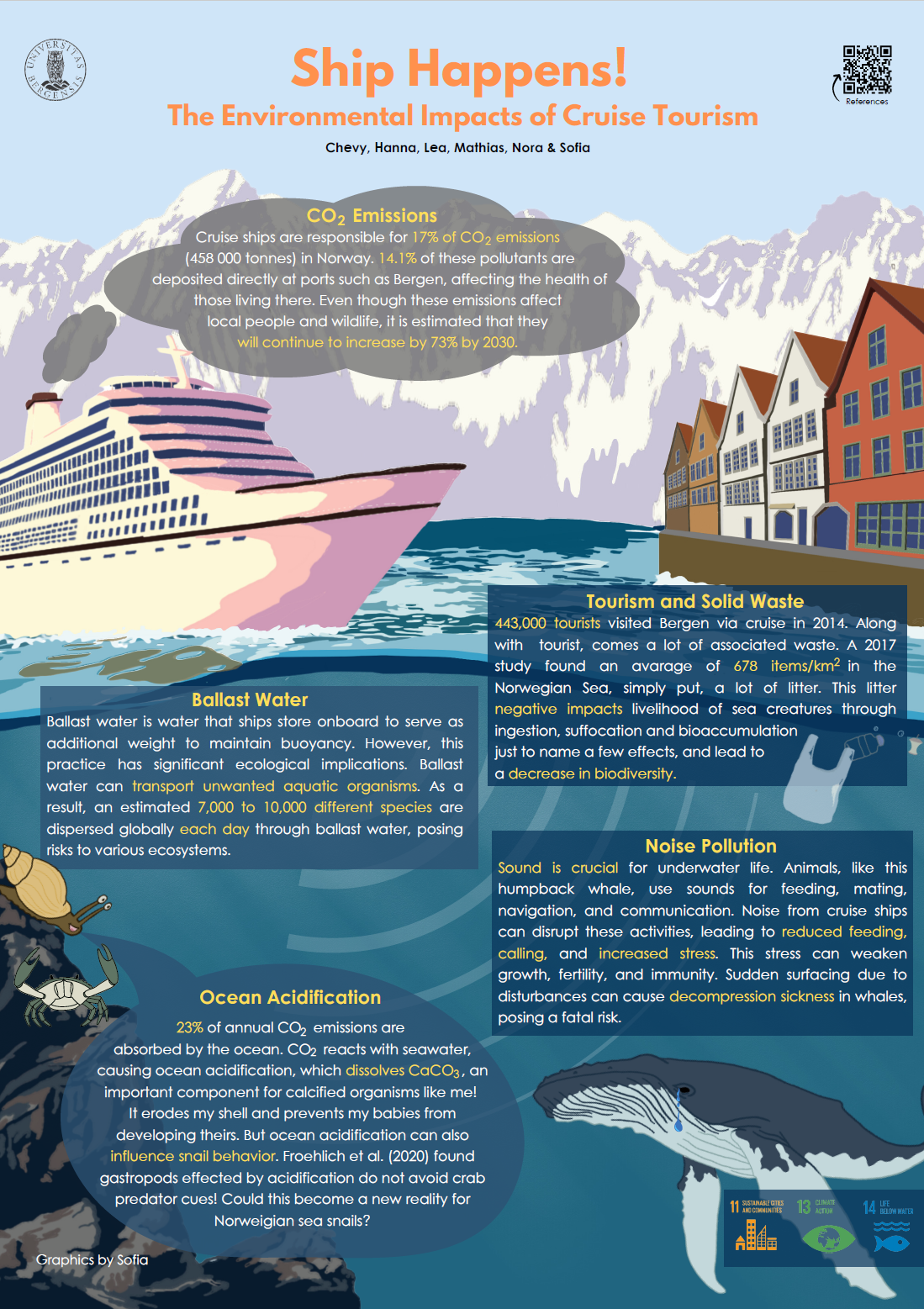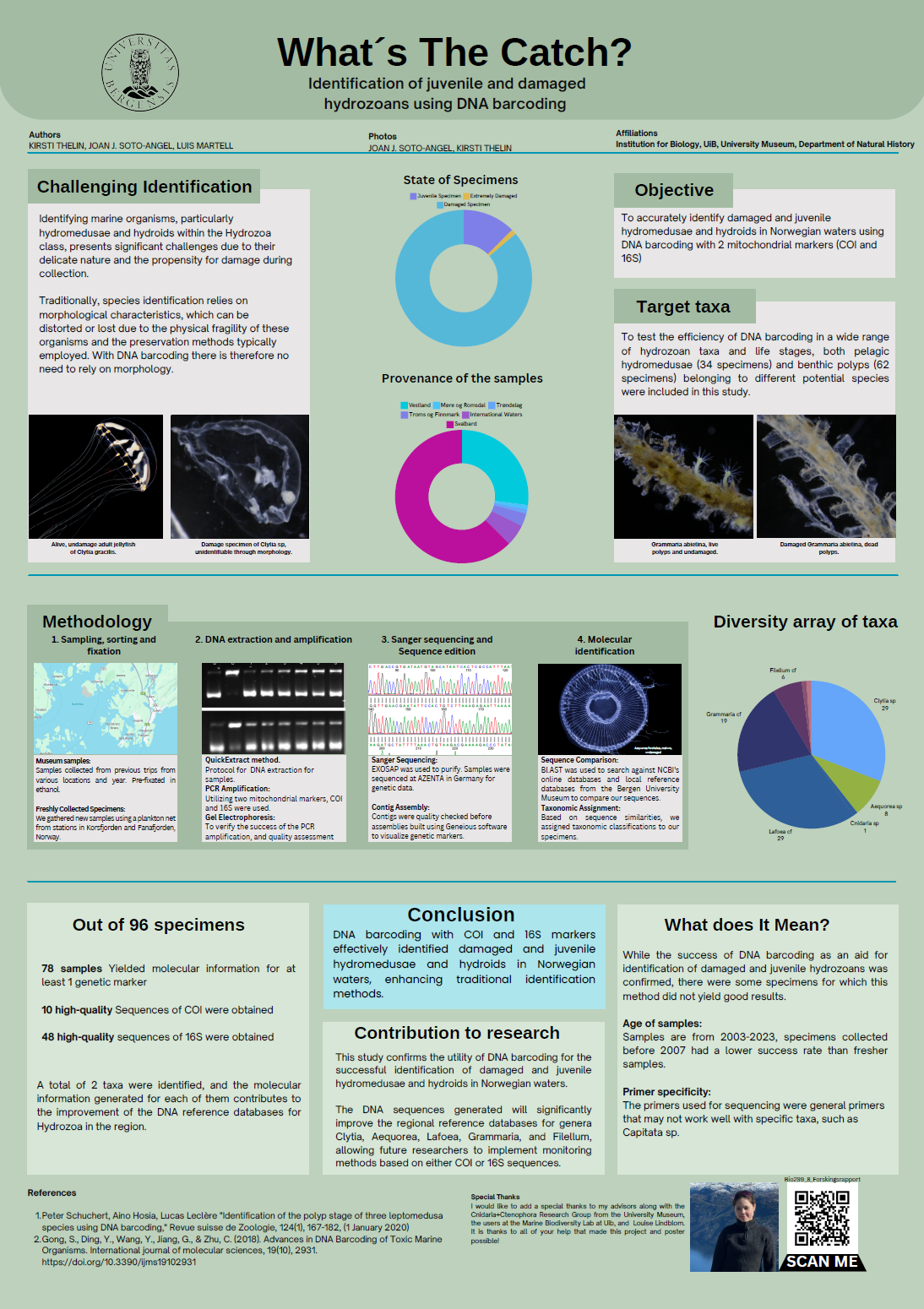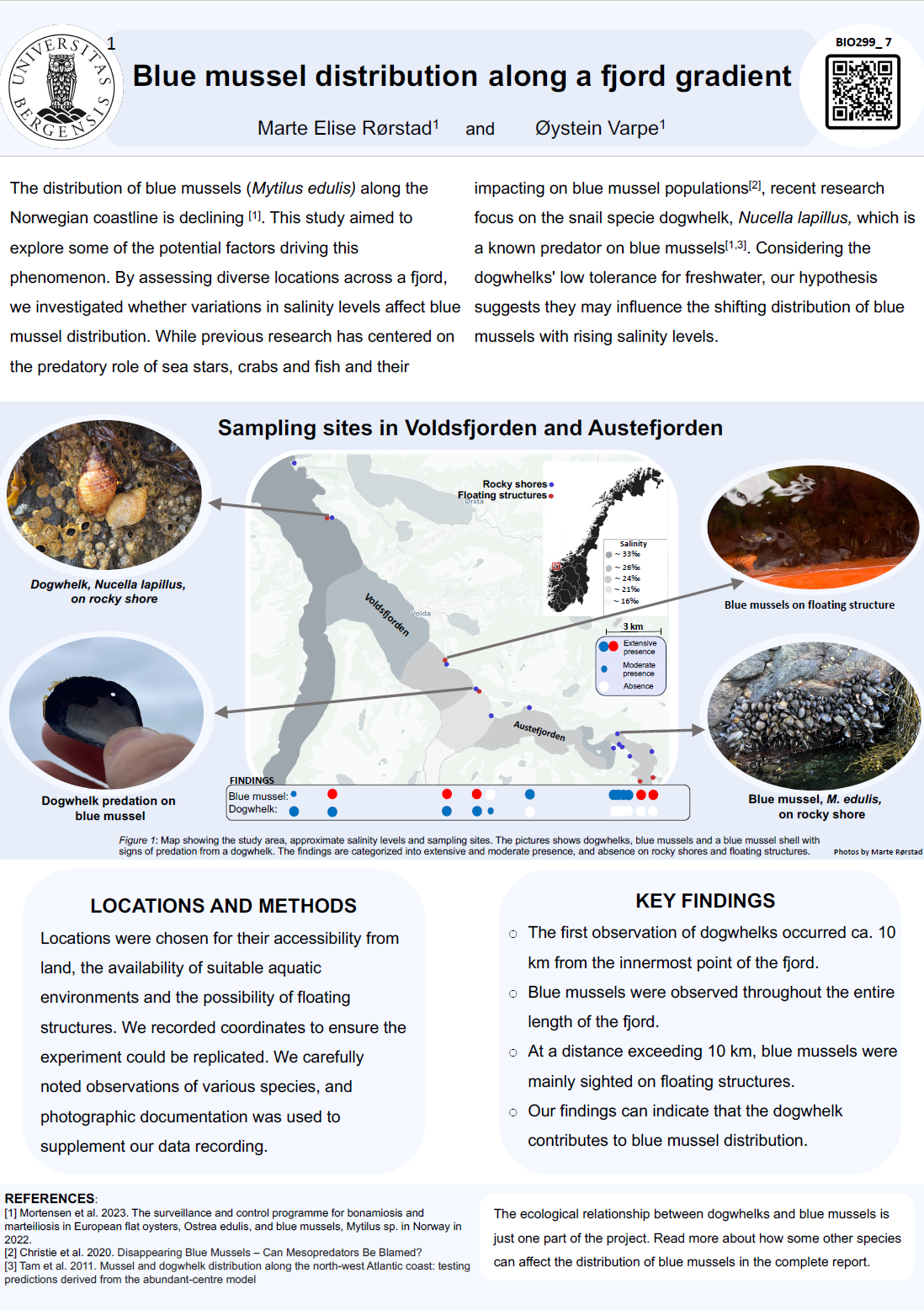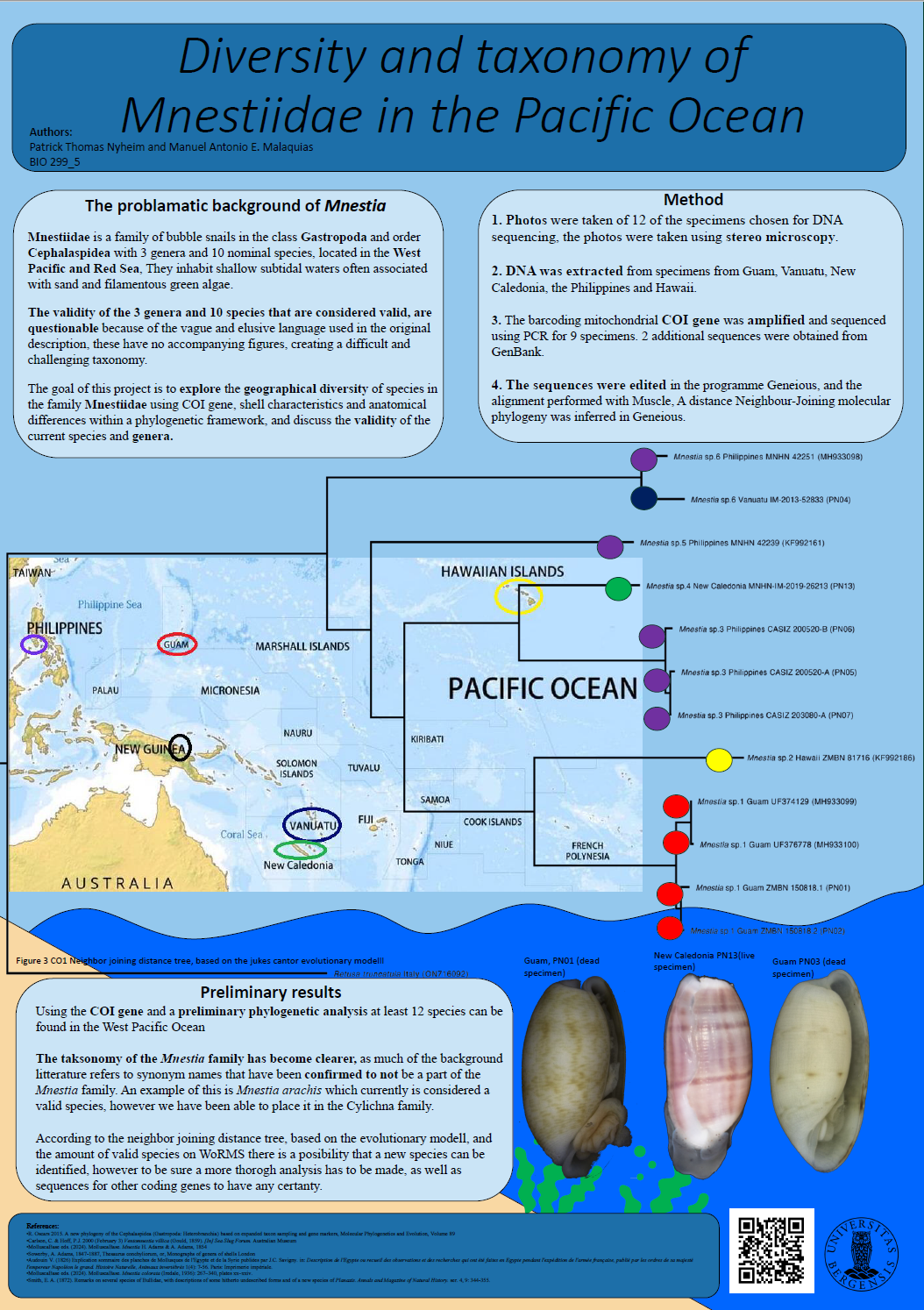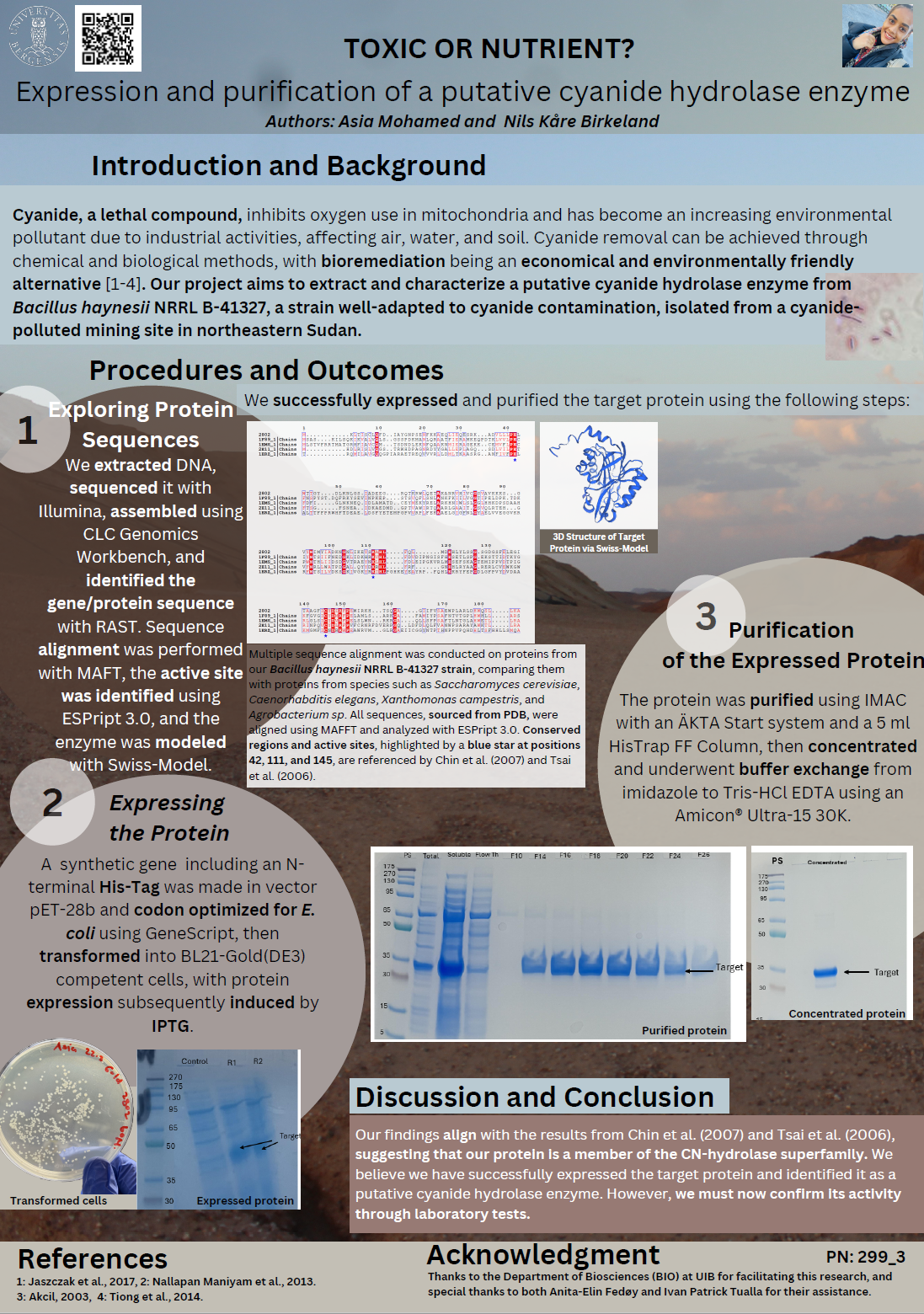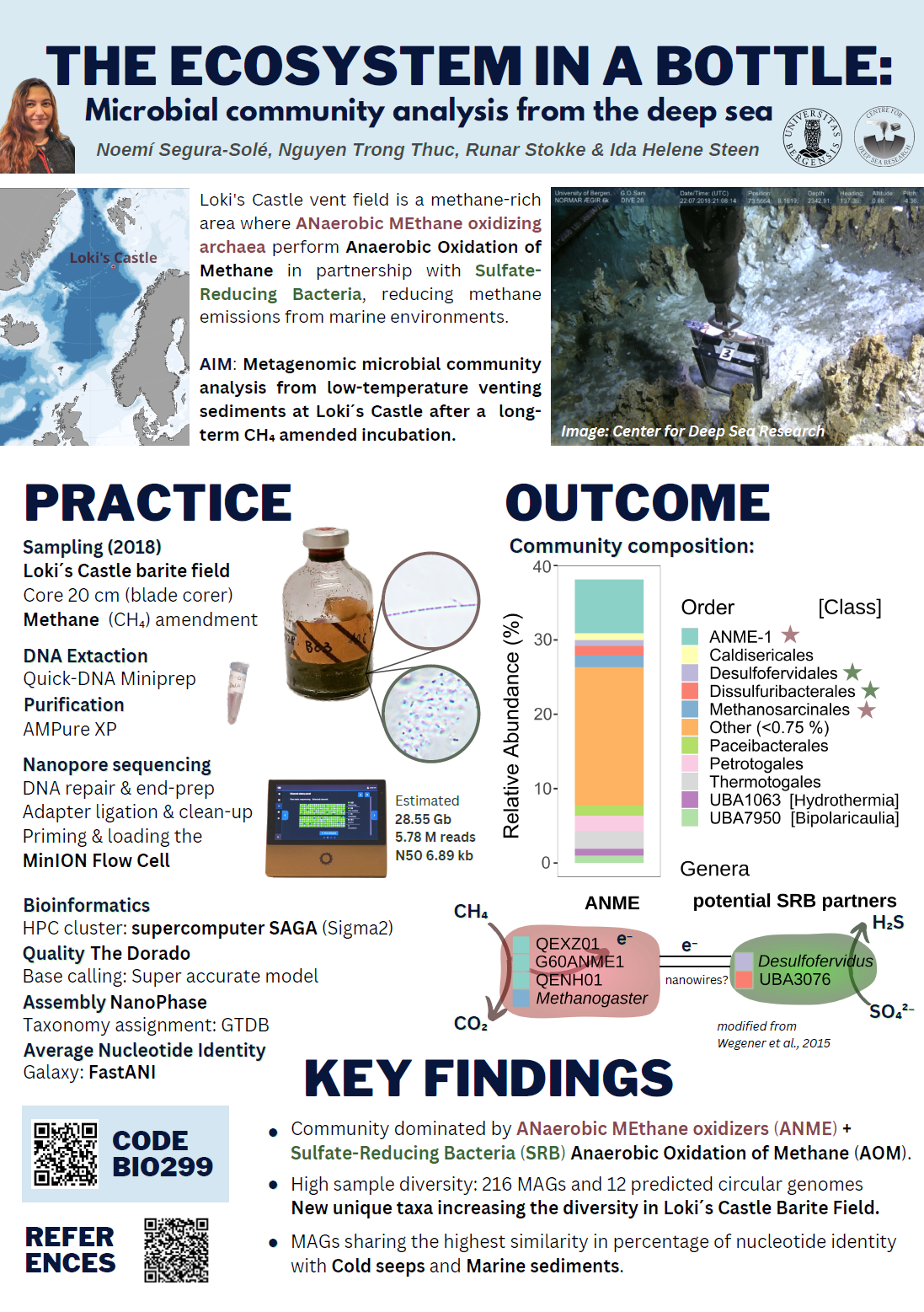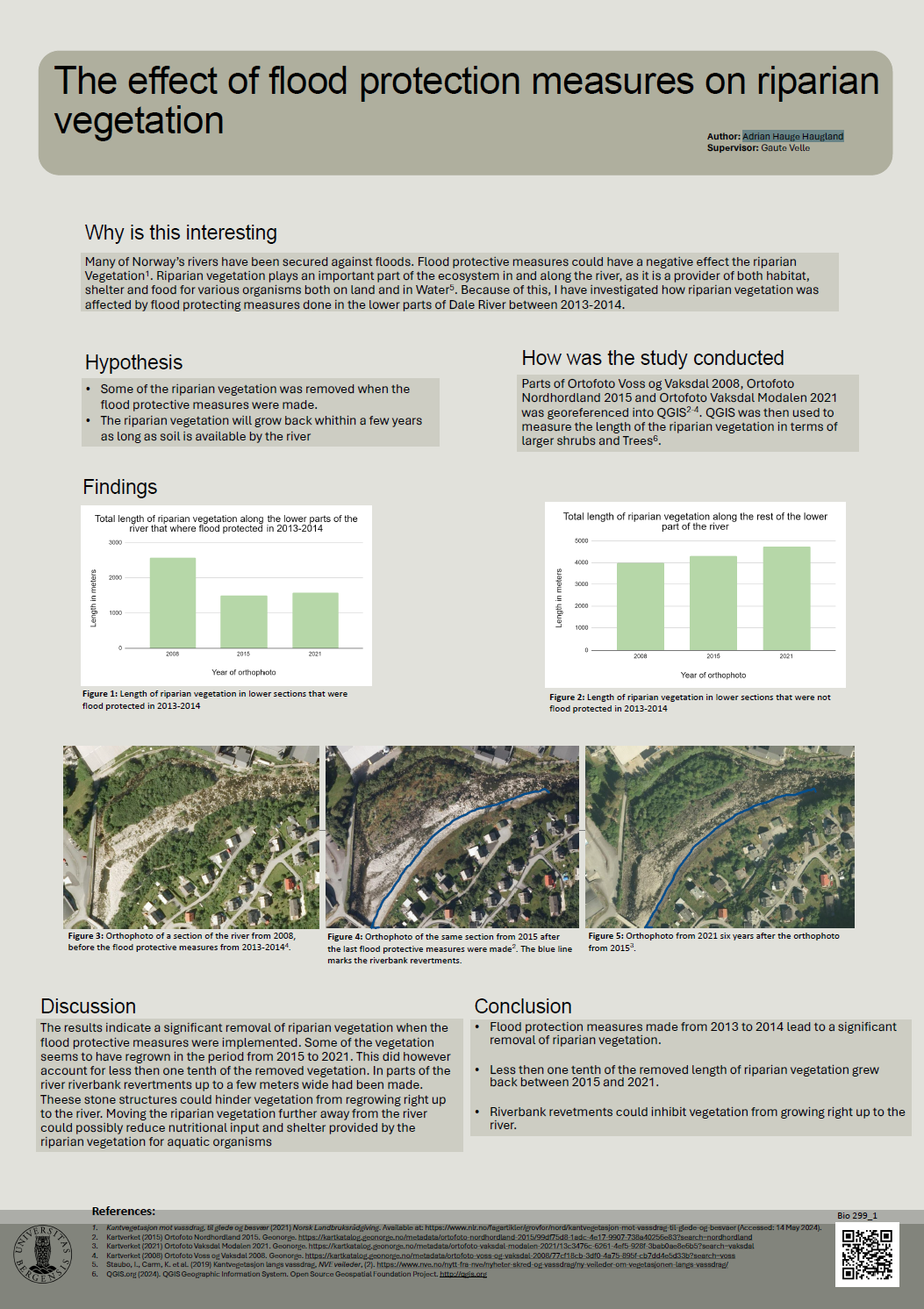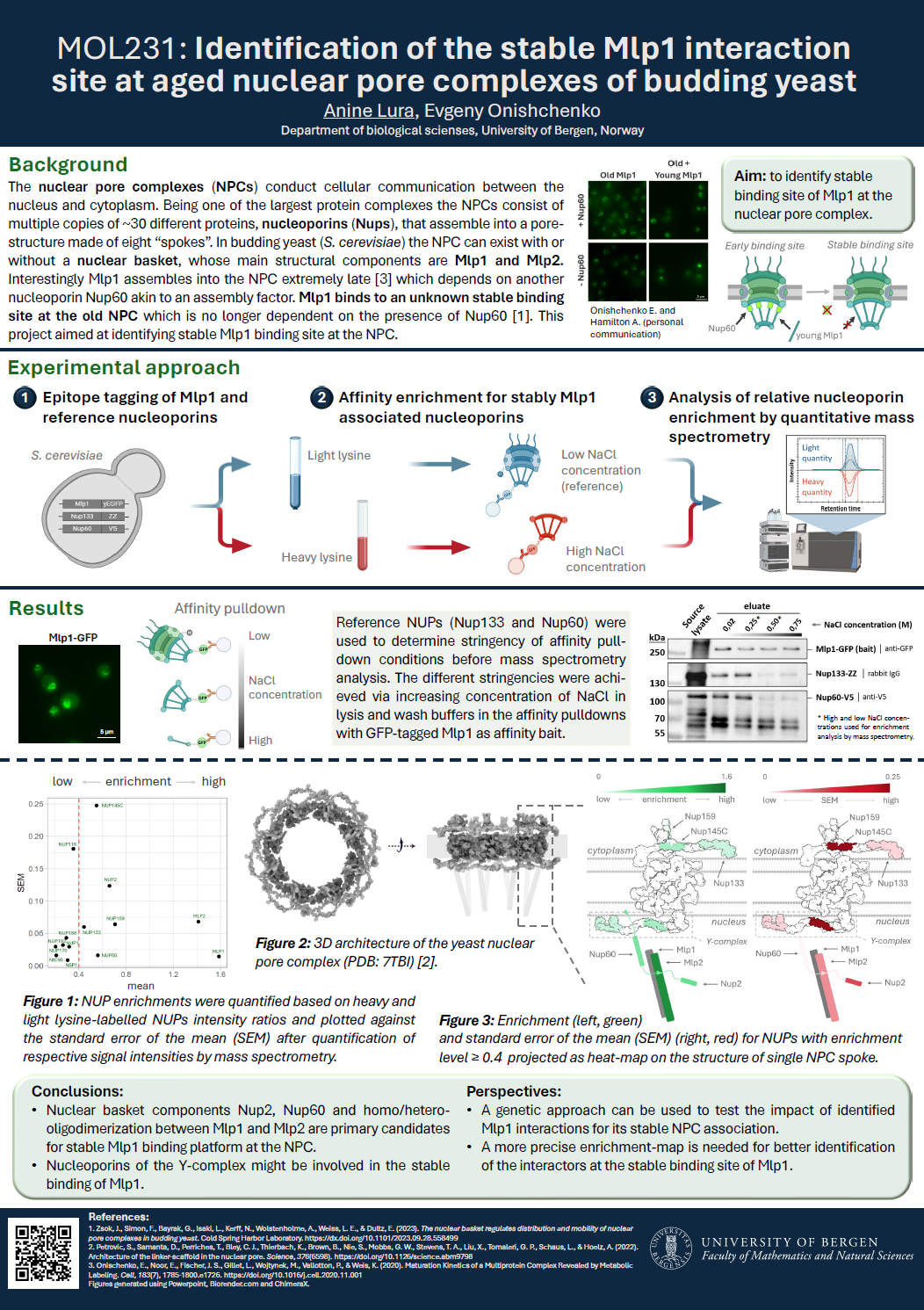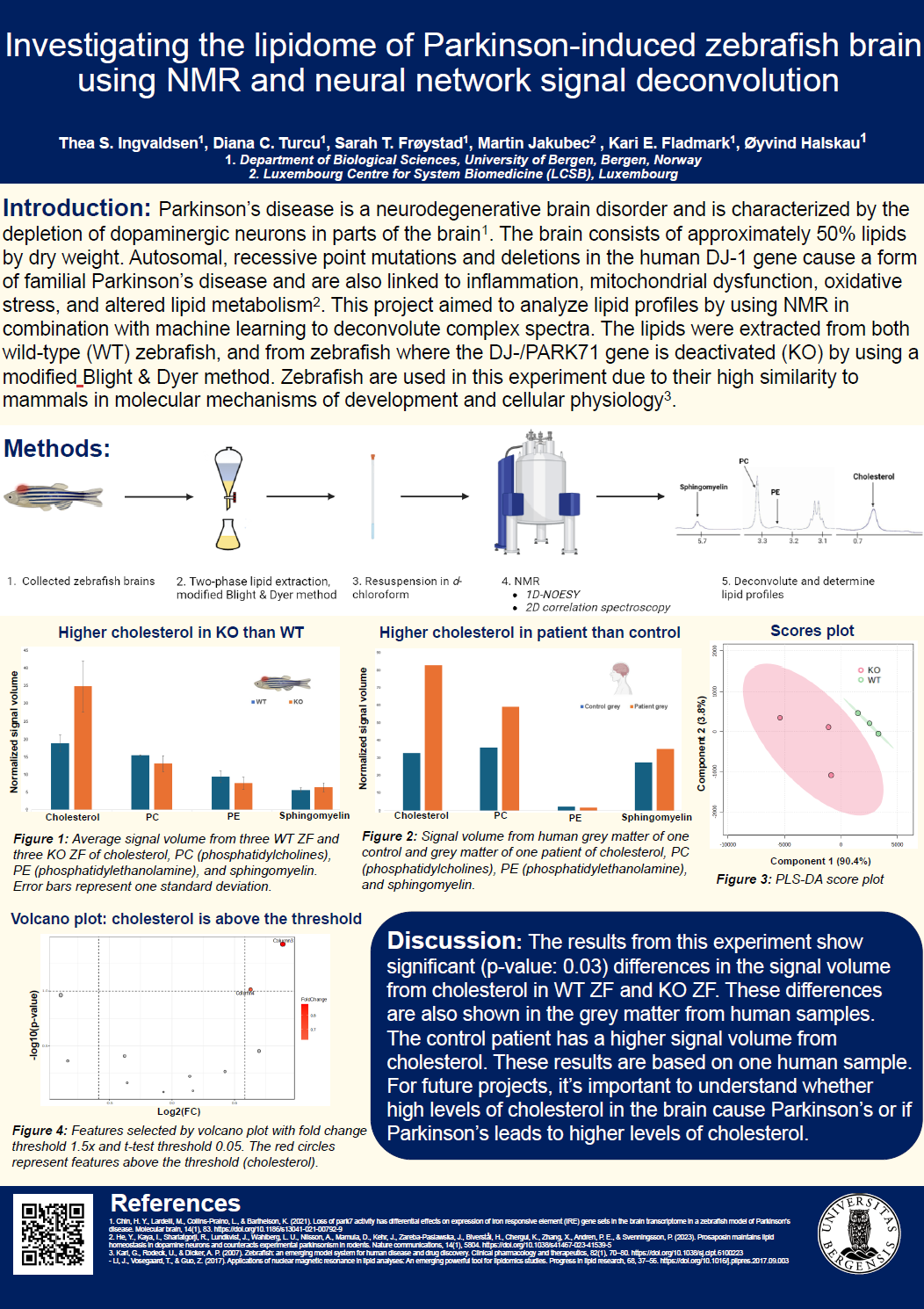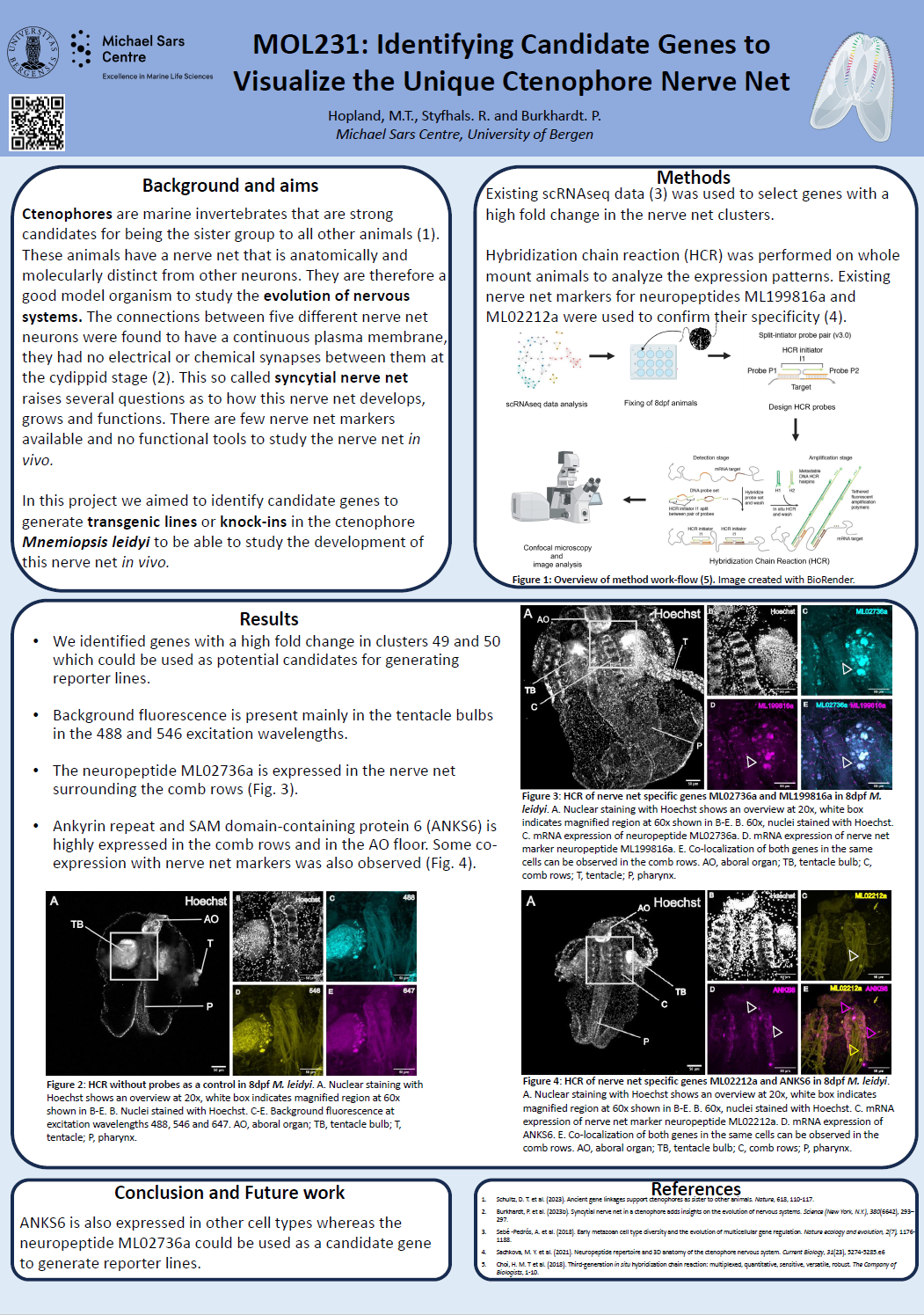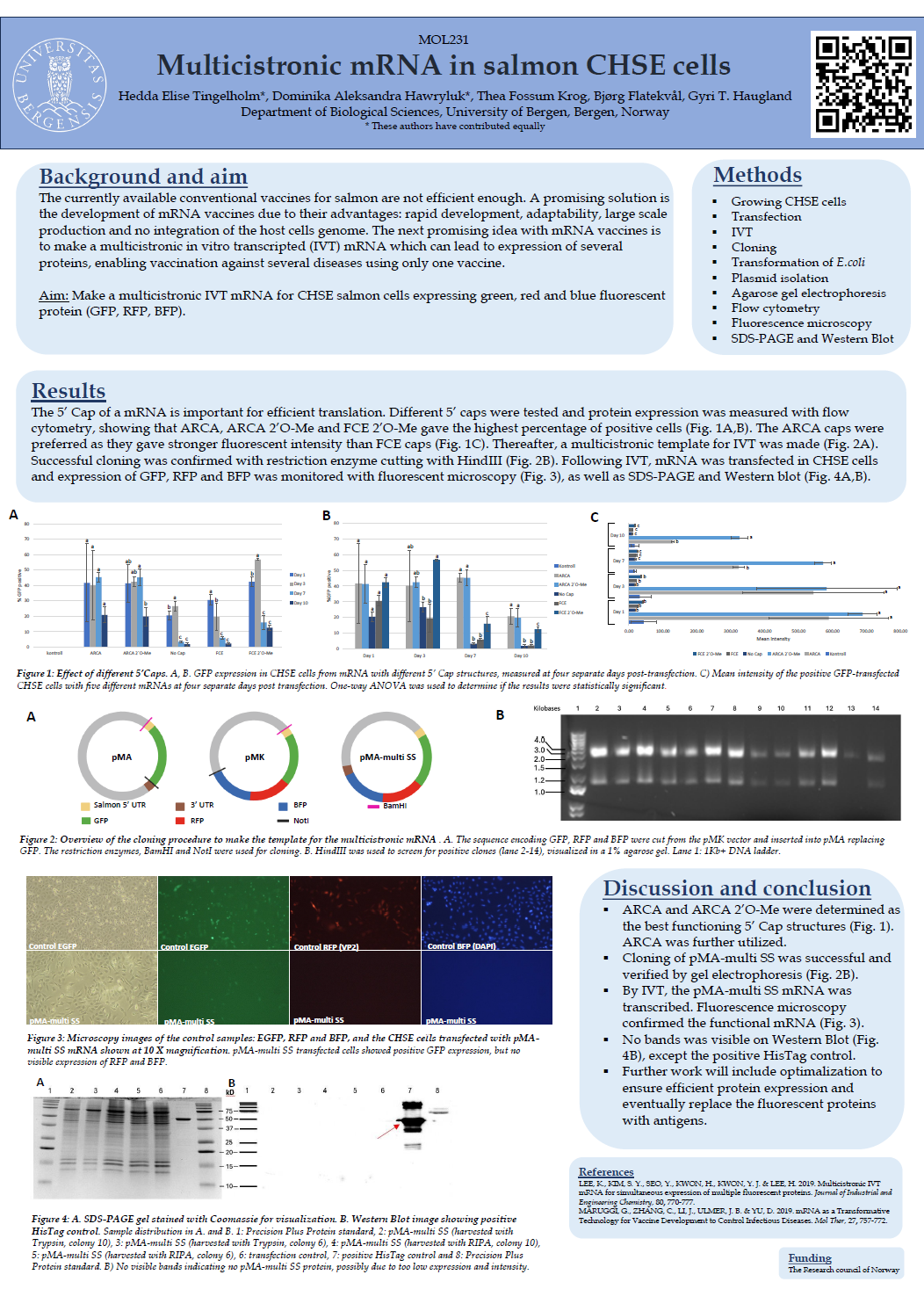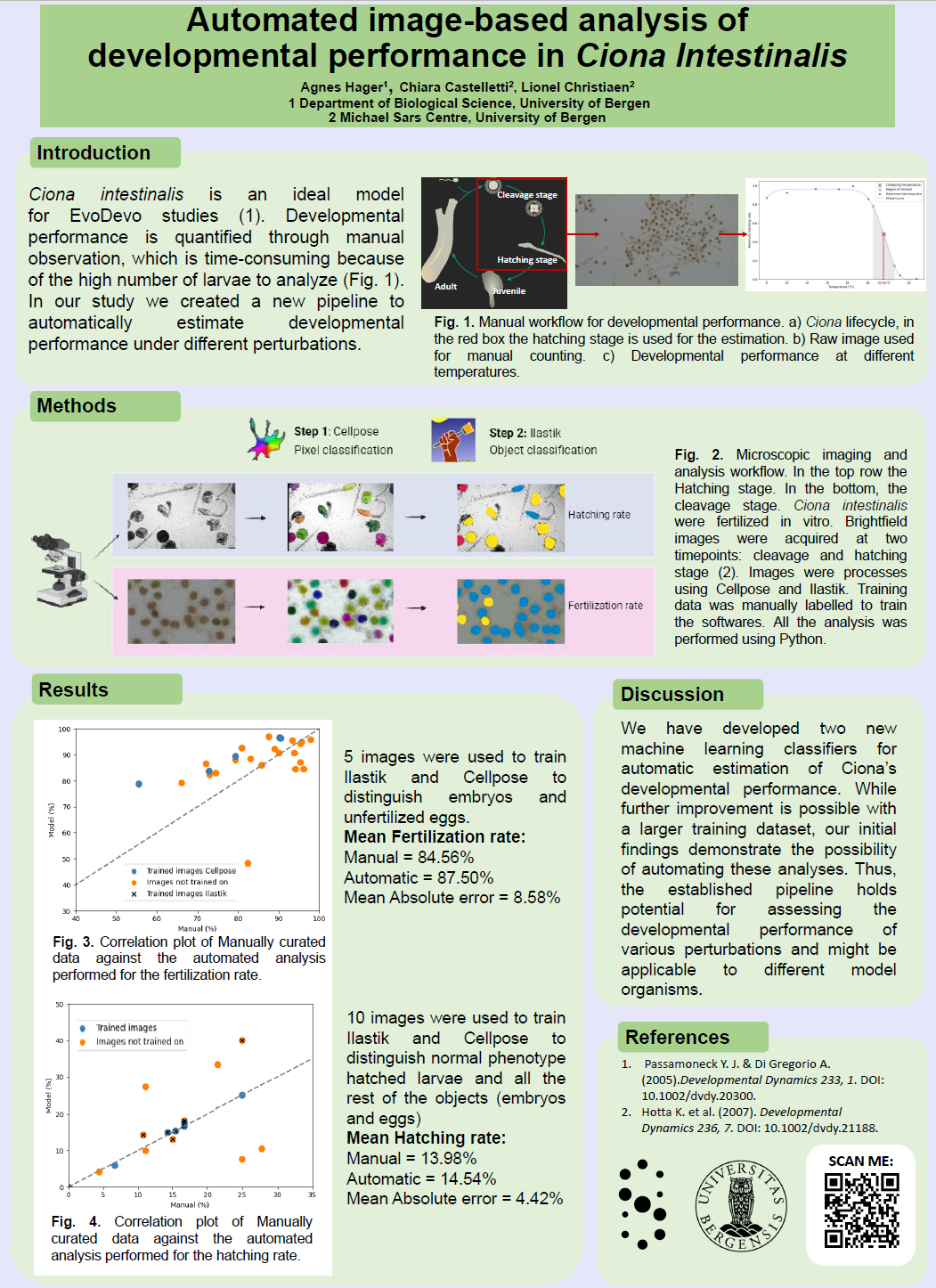Abstract
Convection and deep-water formation in the Greenland Sea play crucial roles in the Atlantic Meridional Overturning Circulation (AMOC). Much of this convection occurs along the sea-ice edge, driven by strong temperature gradients between the atmosphere and the exposed ocean. This process leads to cooling of the surface layer, resulting in increased density and subsequent sinking of surface waters. As the climate changes, due to global warming, the sea-ice edge is retreating, causing a re-organization of water mass transformation. Understanding this re-organization is essential, as the AMOC significantly impacts global climate and temperatures, as well as regional climate here in Bergen. This poster investigates the relationship between sea-ice edge retreat and convection in the Greenland Sea. It highlights a significant retreat of the sea-ice edge along the east coast of Greenland over recent decades, particularly noticeable during the winter months when convection is most active. Additionally, the poster explores how the re-organization of convection could imply both a weakening or even give resilience to the AMOC. By examining these dynamics, the poster shed light on relationships between the sea-ice edge, convection, and broader implications for global climate.

